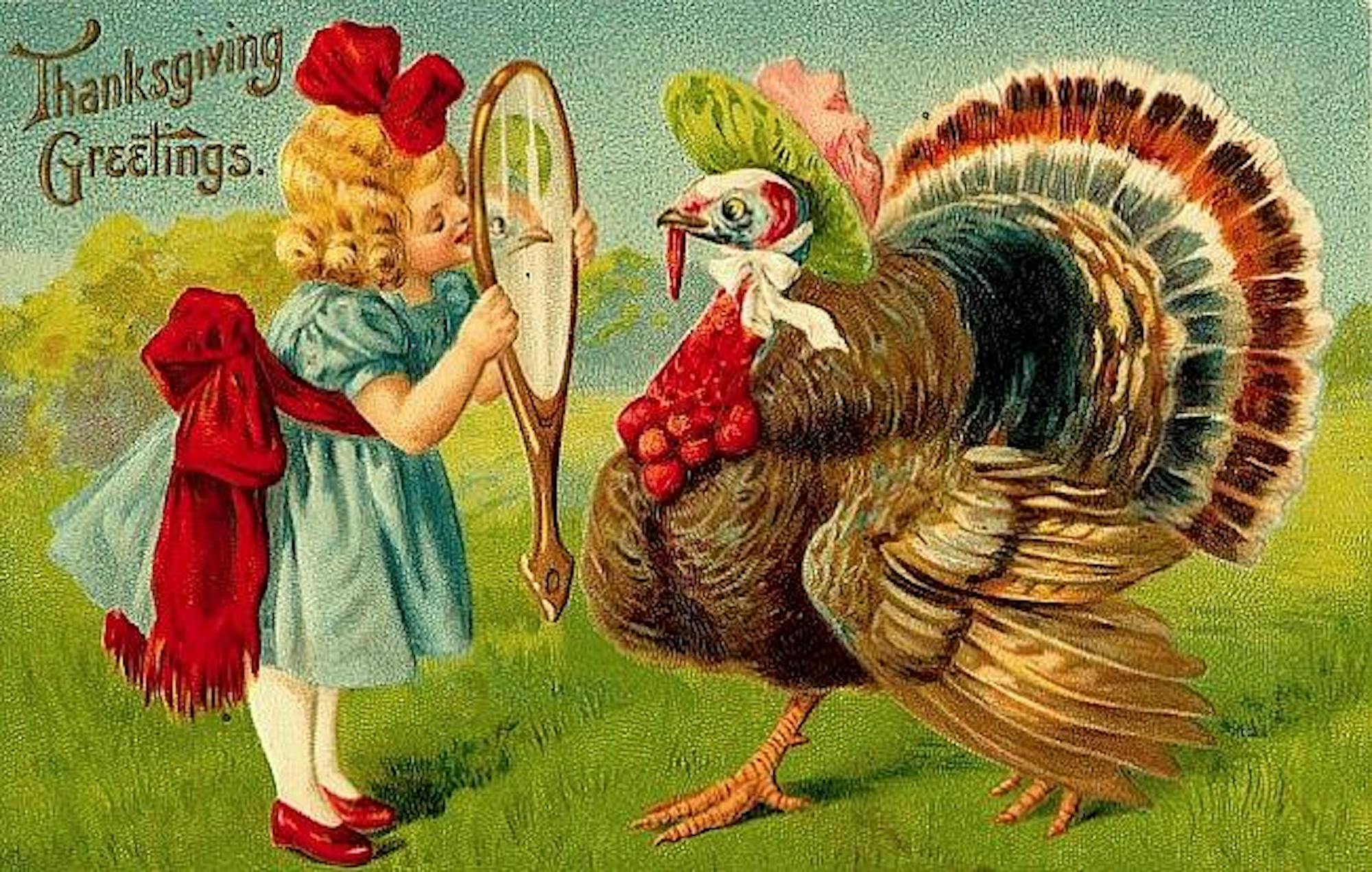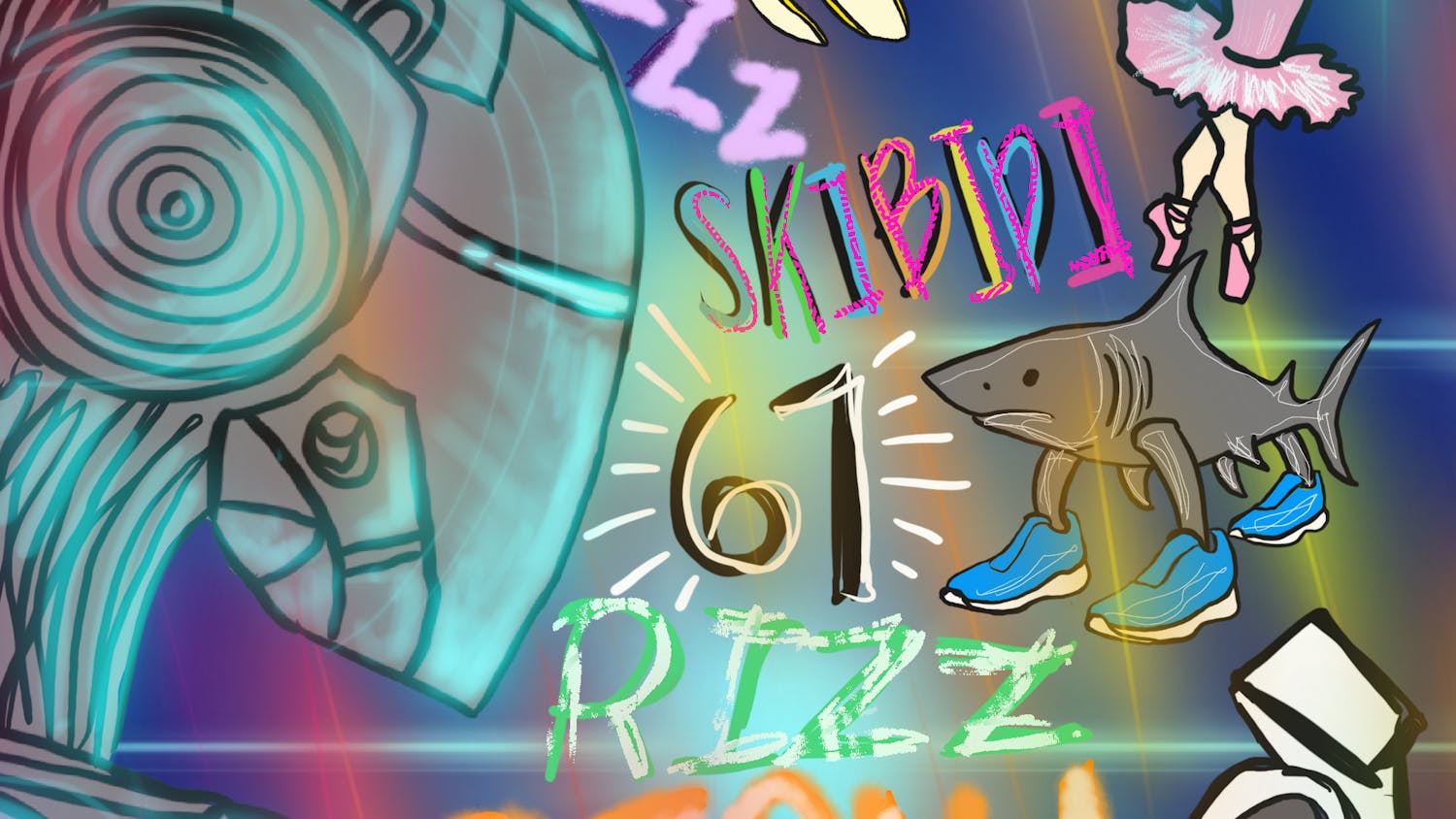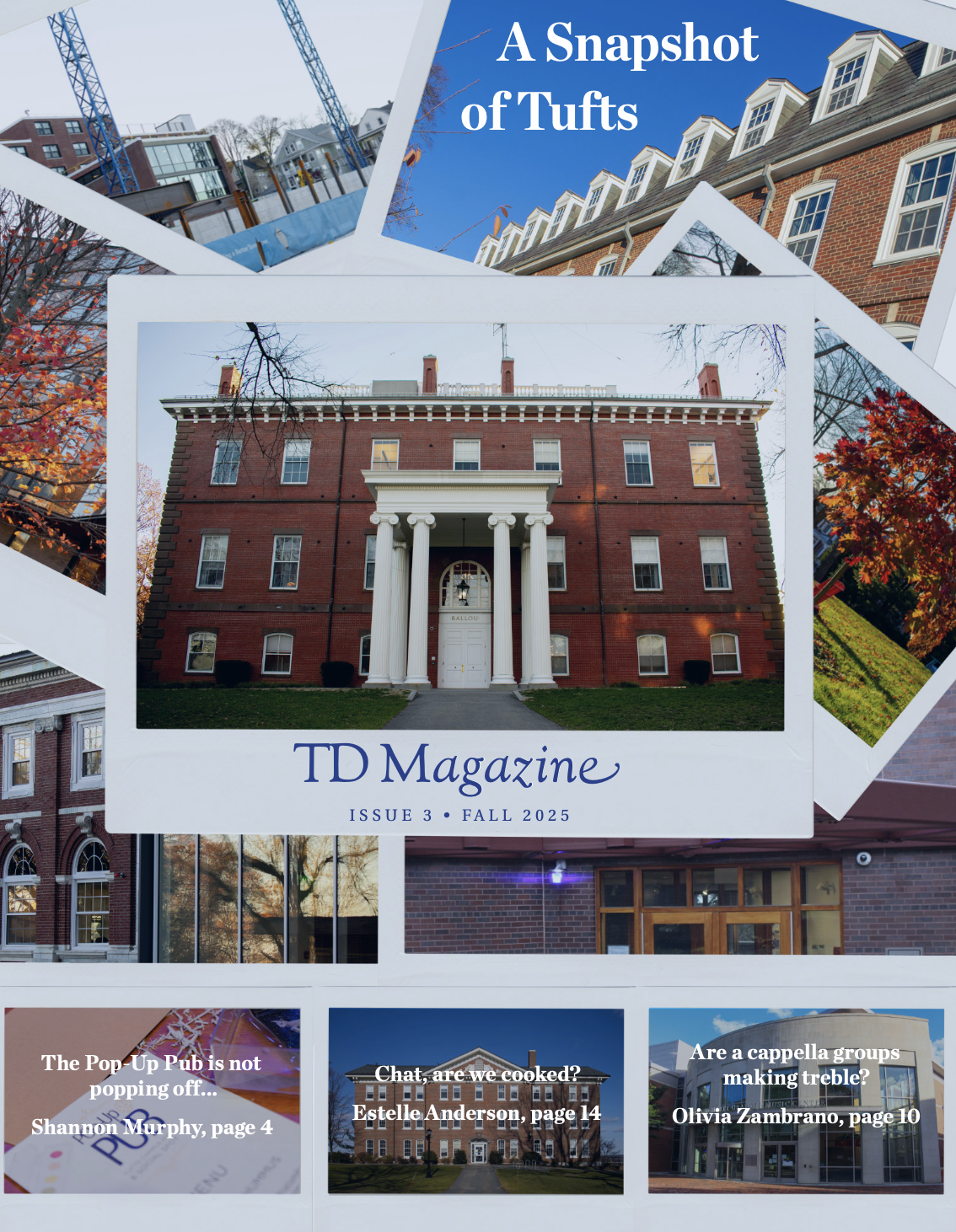I can still recall my elementary school Thanksgiving celebrations. Using construction paper, we made “Indian” feather headdresses and Pilgrim hats to don at our Thanksgiving feast. We celebrated the voyage of the Mayflower (as we had those of the Niña, Pinta and Santa María a month before) and the friendship of two peoples. Considering that 90% of the Indigenous population of the Americas was killed by violence and disease following Christopher Columbus’ famed 1492 voyage, this story is false and deeply misleading.
Last week, I FaceTimed my cousin to ask her what she learned about Thanksgiving in fourth grade this year, hoping that the narrative I learned had changed. She proceeded to tell me a story and helpfully sent the link to the YouTube video they watched in class.
Here’s the abridged version: First, unspecified European explorers came to current-day Massachusetts where they enslaved many Wampanoags and brought disease which killed half of the tribe. Enter the Pilgrims, who just wanted to practice their religion freely and “didn’t really dress that way.” They were unprepared for the weather, so they stole from the Wampanoag which “wasn’t right.” Ultimately, the Wampanoag and the Plymouth colonists agreed to help each other, and the Wampanoag joined their three-day harvest feast, bringing their own foods and traditions to the table. Between this heartwarming image and others describing how Thanksgiving is celebrated today is the rest of the story — “more settlers” arrived, war broke out and the native people were forced from their homes.
While this version certainly acknowledges more of the truth than the story I learned, it is still far from accurate. First, the Wampanoag are presented as a monolith, when in fact many in the tribe actively resisted Chief Ousamequin’s decision to ally with the English — a decision he only made in the wake of the foreign plague that decimated his people. Furthermore, it presents the colonists of the “first Thanksgiving” as largely without fault. In reality, the “European explorers” (read: enslavers) who brought disease were also Englishmen. The video also separates the colonists at the feast from the devastating effects of King Philip’s War, during which thousands of Indigenous Americans were killed or sold into slavery, blaming “more settlers” instead. The colonists at the famed gathering cannot be absolved of their role in the genocide of the Wampanoag and other tribes, and the attempt to avoid that truth in this video proves the mental gymnastics necessary to celebrate the founding story of Thanksgiving.
Where did the Thanksgiving myth come from? The only surviving written record of the gathering describes a 1621 harvest feast that the Wampanoag attended. Not mentioned in this source: turkey, thanks or Thanksgiving. The feast was tied to the Thanksgiving we celebrate today much later. Many English people had long celebrated “thanksgivings” as religious holidays of fasting and prayer. Additionally, some New Englanders, feeling that they were losing power in the new American establishment, began to push the idea that the Pilgrims were the founders of America based on self-rule and religious freedom; this narrative was spread despite how the Pilgrims demonstrated abhorrence for any religion that wasn’t theirs and the fact that the Jamestown colony was established first. In 1841, Rev. Alexander Young connected these ideas when he referred to the 1621 feast as the first Thanksgiving, kicking off our modern conception of the holiday. Still, when President Abraham Lincoln declared Thanksgiving a national holiday in an effort to bring Americans together in the midst of the Civil War, he made no mention of the Pilgrims or Wamponoags. The story we tell our children coalesced more than 200 years after the original event.
Like many stories, the story of Thanksgiving was created with a purpose — to minimize the devastating effects of American colonization on the Indigenous population and support the “manifest destiny” narrative, in which the United States of America is on a holy mission to spread civilization and Christianity from sea to shining sea. However, Thanksgiving as we celebrate it today has evolved separately from and beyond this story. It is a time when Americans come together with friends and family to reflect on what we’re grateful for, laugh together and eat what is often the best meal of our year.
It is time to abandon the story altogether. Thanksgiving and friendship are not representative of the “first Thanksgiving” or of the relationship between the U.S. and Indigenous Americans. Though many have argued that we should tell a more truthful story, I believe that we should decouple Thanksgiving from the false history it should have never been attached to.
Still, this narrative, and the genocide it is based in, continue to have horrifying repercussions for Indigenous Americans today. We cannot forget the truth, but it should no longer be tied to celebration. Instead, we should ensure public schools cease peddling a false narrative about American exceptionalism and highlight Indigenous experiences. Furthermore, we should honor Indigenous peoples by supporting their rights today. As we return from Thanksgiving break, I urge you to support organizations working to return Indigenous land. Educate and reeducate yourself on Indigenous history, learning beyond the false narratives we’re often taught.





